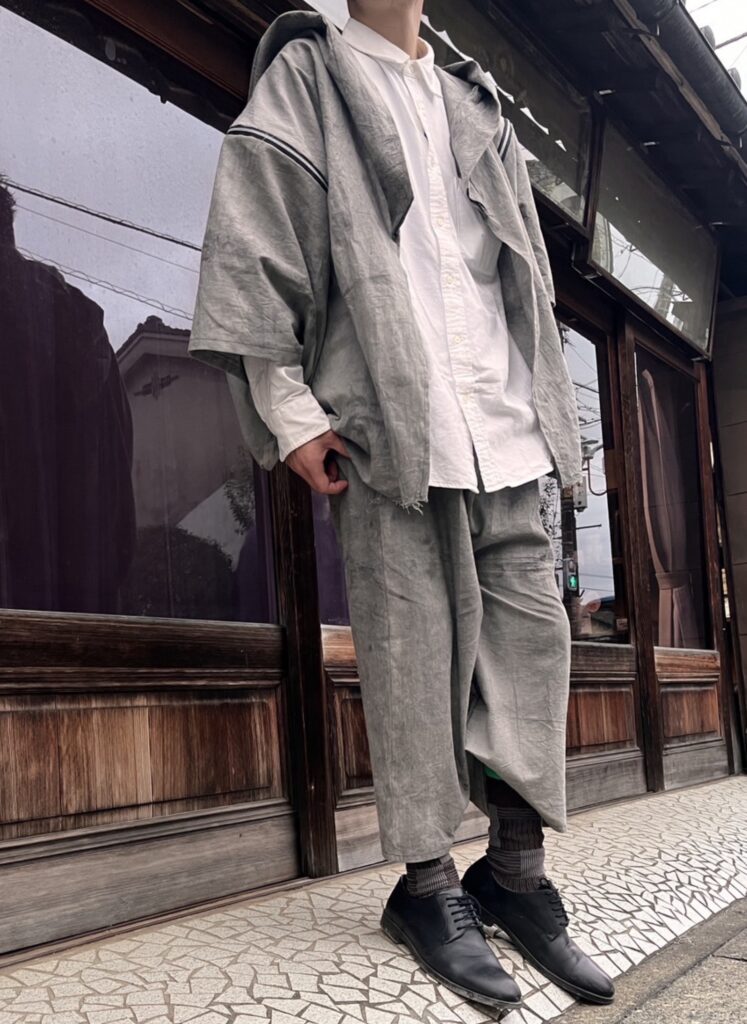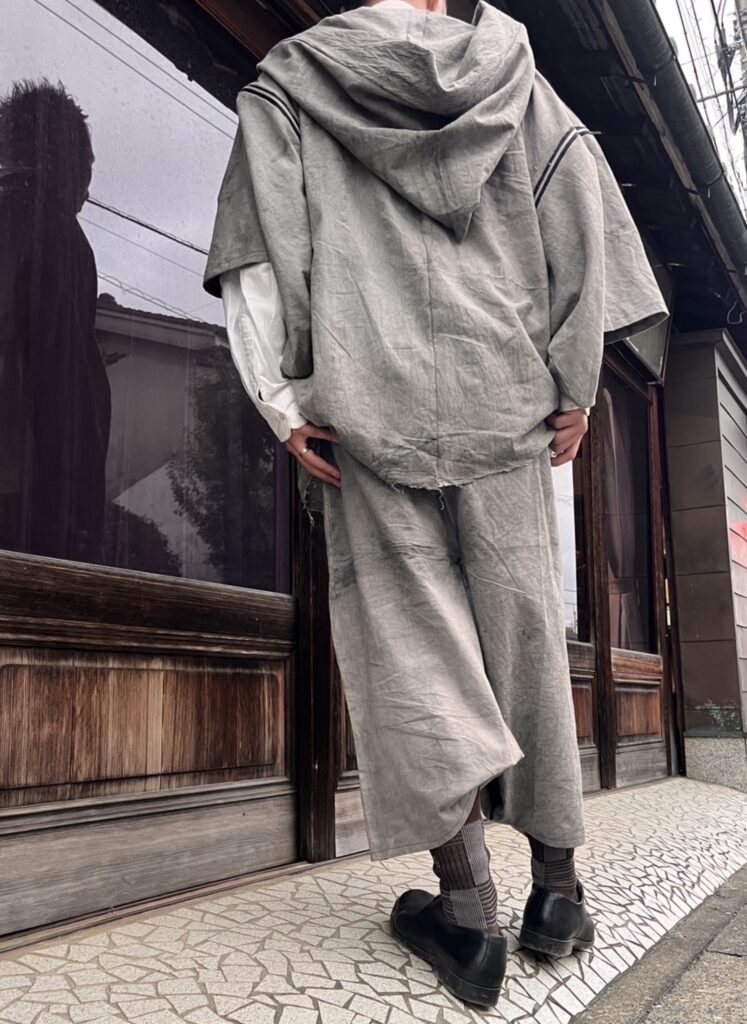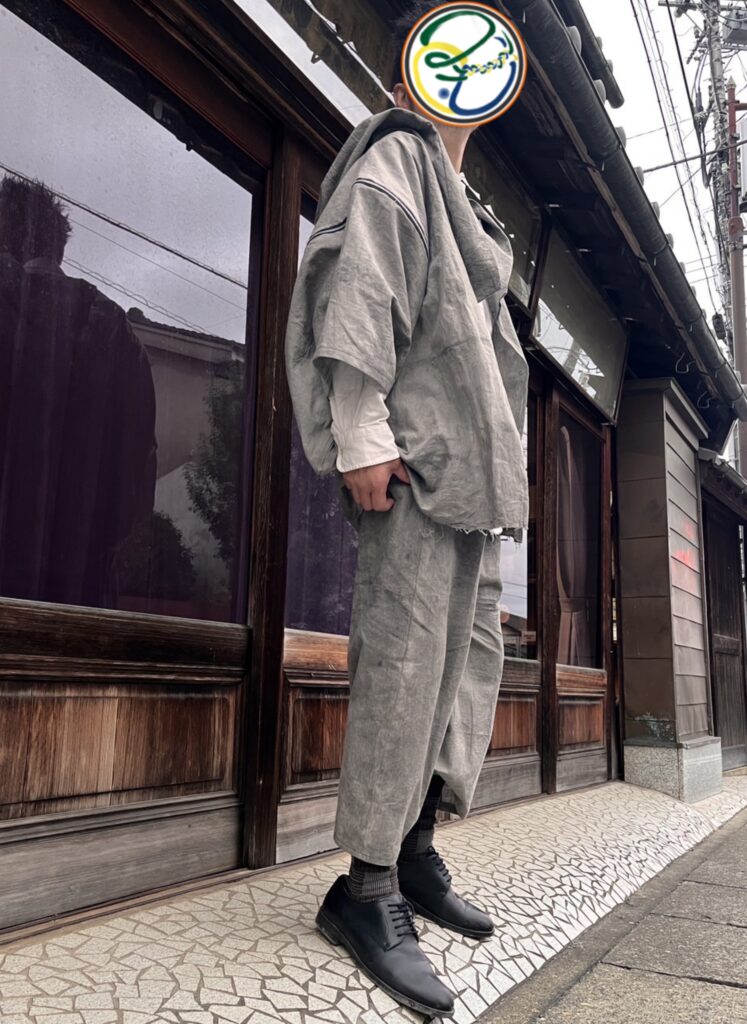
“Kimono” is a very interesting thing. It makes people who do not attract envy from others, or what matagi do, etc. seem sincere.
People say, “Kimono is an island nation’s folk costume; it’s stuffy.” And.
People don’t know that the truth is that it is very casual and pretty.
The kimono of today is a very casual and cute garment, but it is not about old traditions and manners, although some parts of it are interesting.
It is unlikely to be filled with something that transcends words harsher than a school teacher’s instruction.
Ki no Kannuki wrote, “The heart of a parting road is also thin, because it cannot be made thin by twisting it like a thread. And it is that the heart also becomes thinner together),“ he sang in the Kokin Wakashu, which is said to be ”shitty.
But in the first place, fashion is free. At the same time, the way to wear a “kimono” has not changed greatly in form, and time has passed for more than 1,000 years, but there are many ways for people to wear a “kimono” depending on the era.
The modern way of wearing a kimono is a way of wearing something that has been popular for the past 200 years, but with a higher level of prestige and use of language.
The reason for this is incomprehensible. In “The Tale of Genji Monogatari,” this poem is quoted and modified by Murasaki Shikibu as “Not a thing by a thread. A tanka poem in the Shinkokin Wakashu, “Winter has come, and the mountain is ahara, and the leaves are still falling on the pine trees, and the mountain is deserted,” is also called “shit,” which may be true. However, it was said in the patriarch’s diary that it was “an honorable piece” at a poetry contest and “the emperor was grateful and awarded a medal afterwards.
Some people believe that the “kimono” has remained unchanged for a very long time, but that is not true.
Even today, the meaning of “how to wear that kimono” is quite different from the meaning of “how to wear that kimono.
The old way of dressing was graceful, flowing, elegant, stylized, playful, and beautiful.
People in the past were free to wear “the kimono,” including how to wear it, even if they used words like “pour it down the sewer.


by Original Kimono ”SOME”


